SummaryAirport Rating *** Reception of locals ***** Cost: £££
Where east meets westI've read extensively about Germany. There is something about this country that stoked my curiosity a long time ago. This is a divisive country in England; many admire its efficiency, while others fear its dominance. The truth is German and English history is incredibly interlinked, even the name England is from a tribe that resided on the northern tip of Germany. Germany, until the 19th century was an area that contained a collection of a large number of small states, each fiercely independent. Despite this disunity the area was split almost neatly into two; the older western half of Germany up the River Elbe. Romanised in antiquity, western in outlook and Catholic in its religion. The eastern part on the other side of the Elbe was historically a battle zone between pseudo German tribes and the Slavic people. Protestant in nature, this Prussian side was militaristic, insular and hierarchical - and Berlin was the capital. With German unification in 1870, this eastern Prussian side dominated the new nation, stamping its authoritarian, militant and feudal system on the western half, dragging the nation into a World War. The short lived Weimar Republic eventually found itself dominated by a Prussian right wing party, the DNVP which paved the way for Nazism and the Second World War. Interestingly, in these elections, including the ones where Hitler came to power, the eastern Prussian side voted overwhelmingly in his favour, whilst in western side the DNVP, and then the Nazis, had considerably less support. To this day, right wing parties such as the AfD get the bulk of their support from the east of the nation. It was perhaps then not entirely unnatural when Germany was partitioned, first into four zones, and then eventually into two. The western half, with its liberal and free market approach became one of the most powerful economies in Europe within 20 years of being devastated by war. The eastern half had lower standards of living, a smaller economy and near the end of its existence was approaching economic collapse. Berlin, despite being in the east, was also separated into two. This bastion of Prussian rule became a divided city, but the seeds of liberalism were planted. When the wall finally fell, there was a noticeable difference between the larger but poorer east, and the slightly smaller but richer west. The physical wall fell in 1989, but Berliners talk about a psychological wall that has taken many more years to overcome. Today, Berlin is a dynamic city. Its history has given it a uniqueness that has created a culture not found in many other European capitals. It manages to be progressive and youthful, but with pockets of apprehension. A city that is quickly getting richer, which brings its own problems of gentrification. A trip with friendsMost of the time I travel solo, but I do try and get away with my school friends once a year. It's nice to travel with friends every so often, but it also inevitably means that a considerable amount of time can be spent in bars and pubs, which I don't particularly enjoy. The company is good though! A quick word on the airport. Tegel airport is one of the worst airports I have flown into/from. Not for a Sikh specific issue, just its outdated design and general uncleanliness. That being said, about a year ago, my e-passport has stopped scanning into European airports. At first I put it down to coincidence or a defect, but it works well in England. I'm pretty sure there's a deeper reason behind, so I'm going to try and fix that. The only annoying thing were the people behind the immigration desks. When I landed they looked at me suspiciously and laughed. Didn't really like it, but didn't really care. On the way back the same two were there. They thought by speaking in German I wouldn't understand. You know what's German for India? Indien. The code wasn't particularly hard to break. A nice little reminder that even though you have a British passport, Europeans will never make you feel at home. I've kicked off for less before, but tiredness coupled with being with friends meant I ignored it and just moved on. The first thing I noticed about Berlin was its eclectic mix of architecture. It doesn't have the uniform beauty of a Vienna or a Prague, nor the symmetry and charm of a Paris. Yet somehow, it works. Soviet style blocks line the streets, next to romanesque cathedrals, gothic churches, modern skyscrapers and everything in between. We had managed to find a great deal on a hotel in the Mitte area of the city, a short walking distance from the Fernsehturm, or television tower. Built in the 1960s, this futuristic looking tower is one of the largest structures in Europe, standing in at over 1,200 feet high. No other building in Berlin even approaches the height of the tower so it does stand out. In fact, you can see the tower from up to 30 miles away, and we used it as a homing location throughout our stay. To get our bearings, on the first night we joined a cross city bar crawl. I've made my feelings towards alcohol clear in my many posts (not a fan), but Berlin is known for its vibrant nightlife, and this was a good way to explore the city. We set off in a group of 50-60 others and snaked our way through the city, ending up in a large club called Matrix set up under a metro station. For €10 it wasn't a bad way to see the city, and if you're not drinking, it's fun watching the group dwindle as more and more people get too drunk to continue and inevitable do something stupid. I was amazed at just how cheap all the prices were - these are Prague like prices, in the capital of Europe's largest economy. The landmarksGive yourself a minute to name all of the famous landmarks in Berlin. How many did you come up with? This isn't London, New York or Paris, I'd struggle to name too many landmarks, and I guess that is what makes this city so unique. However, that's not to say there aren't any. Right near our hotel was the incredibly beautiful Berlin Cathedral. This part of Germany was the heart of the Protestant reformation, and in 1905 this incredible cathedral was built as a show of Protestant might comparable to St. Peter's Basilica in the Vatican. For me personally, while it falls a little short of the beauty of the Vatican, it is a remarkable building in itself. The beautiful blue domes sit atop a large neo-renaissance structure with a large footprint. Despite being damaged during the Second World War, the cathedral was extensively refurbished and is now well worth a visit. Even with the heatwave in the UK, Berlin was considerably hotter, and I had been warned that summers in Berlin can be pretty intense. We began our short walk to Brandenburg Gate, zig-zagging through shadows to keep out of the sun. Across the many arches and gates built in most European cities, the Brandenburg Gate has probably been home to the most politically important events. First built by the Prussian King, Frederick William II in 1791, the gate was at first a symbol of Prussian might but throughout the centuries it has been equally the home Prussian and then German defeat. In fact, less than 20 years after it was completed, it was the location of the French Army's triumphal procession after Napoleon had defeated the Prussians - in fact he even took the statue of war horses at the top, called the Quadriga, back to Paris with him. With the unification of Germany it once again became the home of German and then Nazi might who used the gate as a symbol of party power. However, following the Second World War a Soviet flag flew atop of the gate for many years in what must have been quite humiliating for most Berliners as the gate fell in the east of the city. At this point, Brandenburg Gate was in significant disrepair. Despite being one of the few structures to survive the Battle of Berlin, it was potted with bullet holes and damage from higher calibre explosions. It was twice restored, once in the 1960s and again in 2000. The Brandenburg Gate later became a powerful symbol of unity - in 1989 this is where demonstrations finally led to the fall of the Berlin Wall and the reunification of Berlin as a city, and Germany as a nation. Today the gate is a powerful reminder of this city's fascinating past. Walk through the gate and you head toward a city with a more Soviet style of architecture (although this is changing), walk back the other way, and buildings are more in the style of western cities. A short walk from the gate is the Jewish Holocaust Memorial, 2711 concrete slabs in an area of 200,000 square feet. The memorial was completed in 2004 and is powerful in its presentation, and is open the interpretation. The architect Peter Eisenman stated that it represented an ordered system that had lost its humanity. No matter what the interpretation, it is quite sobering. The inside is maze like, although the straight lines mean it is hard to get lost in the monument. It's yet another reminder of the different faces of this city. A divided cityIt must have been strange for Berliners to live through division. A giant wall erected in 1961 separated the city into two zones; a Soviet zone, and an Allied Zone which was the amalgamation of the French, British and American zones. The wall was built to stop the increasing number of economic migrants moving from the Soviet east into the Allied west. These people tended to be highly educated and therefore the east was suffering from a 'brain drain'. Whilst a border had already been created between east and west Germany, the city of Berlin, an enclave in the east, provided for ease of passage. The construction of the wall stopped that. The wall was policed quite heavily, with orders to shoot on sight any individuals that were attempting to cross from east to west. Roughly 5,000 people made the crossing between 1961-1989 with almost 200 deaths. The wall became one of the most famous physical symbols of the cold war, and continues to play a role in German psyche. The wall eventually fell towards the end of the Cold War on 9 November 1989. Famous images of Berliners demolishing the wall with all sorts of objects were beamed around tv sets all over the wall. The new Berlin had significantly different standards of living, a inequality that still remains, with over a €1 trillion of subsidies being sent from west to east across Germany to rebalance the economy. Today a few sections of the wall still remain, and I visited a section near the Topography of Terror. This is an outdoor and indoor museum that housed the Gestapo secret police and SS organisations. Today it charts the rise and fall of Nazism. I visited the outside exhibition, a fascinating history that looked at some of the Nazi regime's most infamous faces, as well as remembering some of the victims. The free outdoor exhibition backs onto the remnants of the Berlin Wall. It was an eerie experience, the wall a permanent reminder of the darker side to Berlin. A very short walk from there is Checkpoint Charlie, which during the Cold War was the entry to the American zone in Berlin. Today, a couple of guards pose with US flags across the street from a Checkpoint Charlie memorial that charts all the attempted crossings of the Berlin Wall - the successes, and the tragic failures. Quirky barsBerlin is known for its diverse (and relatively cheap) nightlife, making it an increasingly popular destination for young British tourists. We decided to get away from the middle of the city, to a rooftop bar that afforded some fantastic views of Berlin. Klunkerkranich is a good 20 minute taxi ride from the Mitte area, and we were dropped outside a large shopping centre. We spent a few minutes trying to figure out where to go and headed into a lift that took us onto a carpark. We followed the car park around, listening to any sounds of noise and for a moment we all thought we were lost. But a few corners later we saw some decorations and then the entrance to one of Berlin's best landmarks. Klunkerkranich is a rooftop bar with great panoramic views of the city. The large rooftop garden has both indoor and outdoor spaces. We sat outside for a while admiring the views, but the intensity of the heat eventually brought us inside where a live band was getting ready to play. In terms of views you can see all the big landmarks, with the Fernsehturm standing out in a relatively flat city. Food and drinks were relatively cheap and the atmosphere was incredibly laid back, I'd definitely recommend it. A bar that is the opposite of laidback and stylish is Das Klo Bar, or the toilet bar. It's in your face, cheesy, kitschy overload. Again, it is slightly outside the main area of Berlin and I'm not sure what else to say. It's very, very different, a bit of a sensory overload. A Singh told me about Burgermeister, the best place to get casual food in Berlin, with the restaurant in an old outdoor public toilet. It doesn't sound very appealing but honestly, it was hands down the best food I had all weekend and is well worth checking out. Political and sporting powerOn the previous day, we had tried to visit the Reichstag building, but we were told tickets were only available for the following day. Tickets are free, and we queued up for about 10 minutes. We had to present our IDs and that was it, we were given a time to return and off we went. The Reichstag building, a neo-baroque structure dating back to 1894, was the seat of government for the German Empire and the the Weimar Republic. The building was severely damaged by fire in 1933, an act the Nazis blamed on communists, allowing them to suspend civil liberties and rule in a more authoritarian manner. The building remained unused and was severely bombed during the Second World War. It was refurbished half heartedly in the 1960s, but it wasn't until the famed British architect Norman Foster began work on it in 1992 that the building regained its former glory. Today the Reichstag is jaw droppingly beautiful. The older structure is crowned by a stunning glass dome and manages to be classical and modern at the same time. On entry the usual airport type of security that is in most modern western landmarks was in place, but once you reach the roof and are given an audio guide, you're free to explore. Unfortunately, my audio guide didn't work so well, but the centre of the dome has the history of the Reichstag in pictures and captions in English. On the edges of the dome are spiral platforms, similar to those of the Guggenheim in New York and climbing these takes you to the roof of the dome, with an open top. There was a bit of a greenhouse effect and so the inside was quite warm. Outside the dome is a rooftop with a 360 view of Berlin and we took our time looking at all four corners. This was probably my favourite landmark in Berlin. After that, we got on the metro and headed for the Olympic Stadium. The metro is fairly priced, €7 getting you unlimited travel for 24 hours. The trains aren't air-conditioned, so the 30 minute journey was stuffy and uncomfortable, but got us there quite easily. The stadium, built in 1934 is most famous for hosting the 1936 Summer Olympics but is also home to Hertha Berlin football club and hosted the 2006 World Cup Final. There are two stations serving the stadium, both a short walk from the entrance. Large Olympic rings hung outside the stadium framing the gates at the entrance. Entry is fairly straight forward, you can buy tickets on the day for less than €10, these get you entry, you then pay extra if you want a guided tour. We decided to walk into the stadium and then around the perimeter. With over 74,000 seats, it's a fairly large stadium, although in my tour of European stadiums, this probably would be lower down the list. It was cool to see some of the great sporting names on the walls, including Jesse Owens, a black athlete who stole the show at the Nazi Olympics in 1936. We had a quick stop in the club store, but perhaps the most fun aspect of the visit was an outdoor swimming pool where people of all ages were jumping off different diving boards, some athletically, some just belly flopping into the water. The journey back was interesting. The Olympiastadion train station was hauntingly empty, and due to engineering works we had to go outside Berlin and catch a different line back into the city. To say we got lost would be an understatement, but we eventually made it back. The metro system is good if you understand German, but not so good for non-natives. Is Berlin worth visiting?Absolutely. Before visiting Berlin I didn't understand the hype. There's no equivalent of the Statue of Liberty or the Eiffel Tower. There isn't a view like you would get from Bunkers in Barcelona, or Sugarloaf Mountain in Rio. You're not going to get photographs of skyscrapers as you would in New York, or uniformly beautiful buildings, as you would in Vienna. Nothing about Berlin stands out and frames your location. However, that's what I enjoy about this city. You could be almost anywhere, but here you are in the capital of one of the richest countries in the world. Prices are cheap, nightlife is good, and the history and culture of Berlin can stand up against almost any city. It's a progressive city, filled with entrepreneurial energy. A city that has repeatedly rose from the ashes. A city with a dark history, but perhaps the brightest of futures in Europe. I enjoyed almost everything about Berlin and as a Sikh I had absolutely no issues getting around, no stares, no nothing. This city should definitely be near the top of most people's lists. Comments are closed.
|
AuthorBritish Sikh, born in the Midlands, based in London, travelling the world seeing new cultures. Categories
All
|
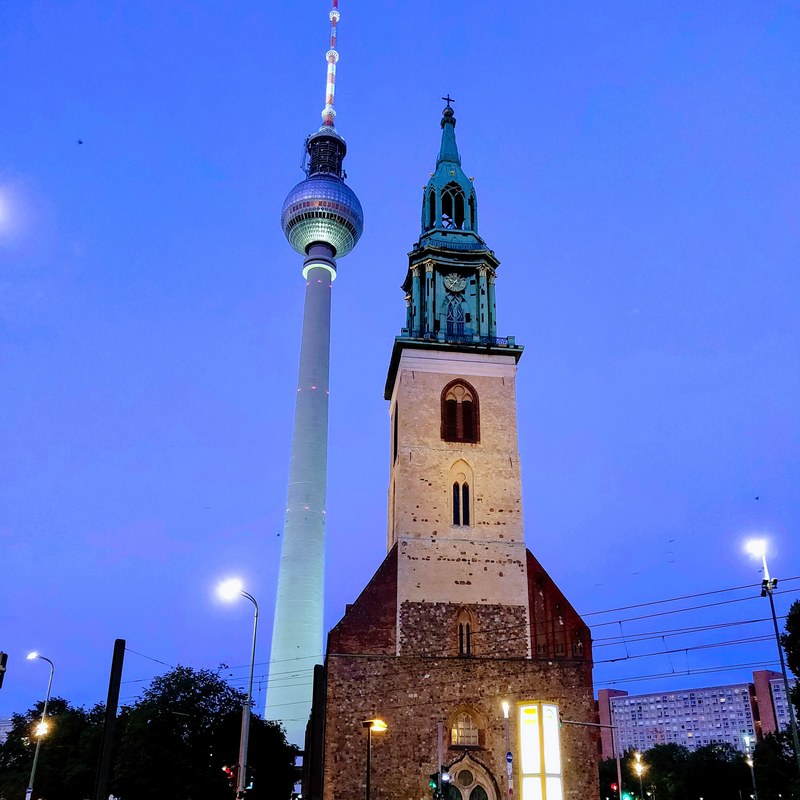

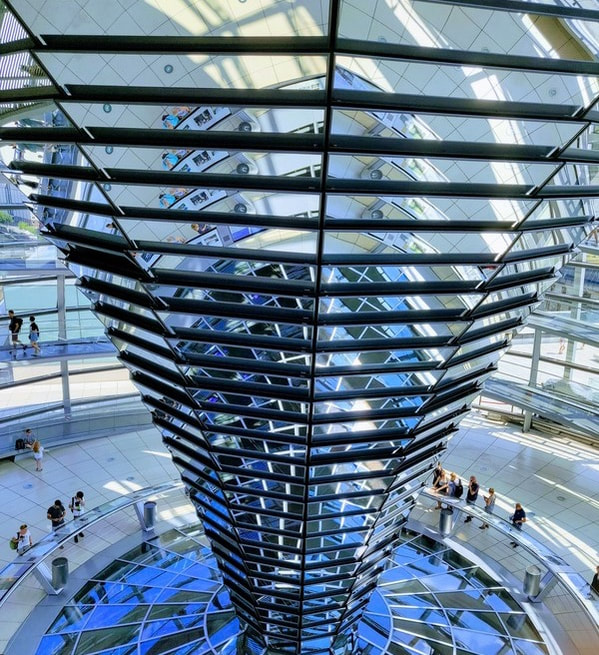
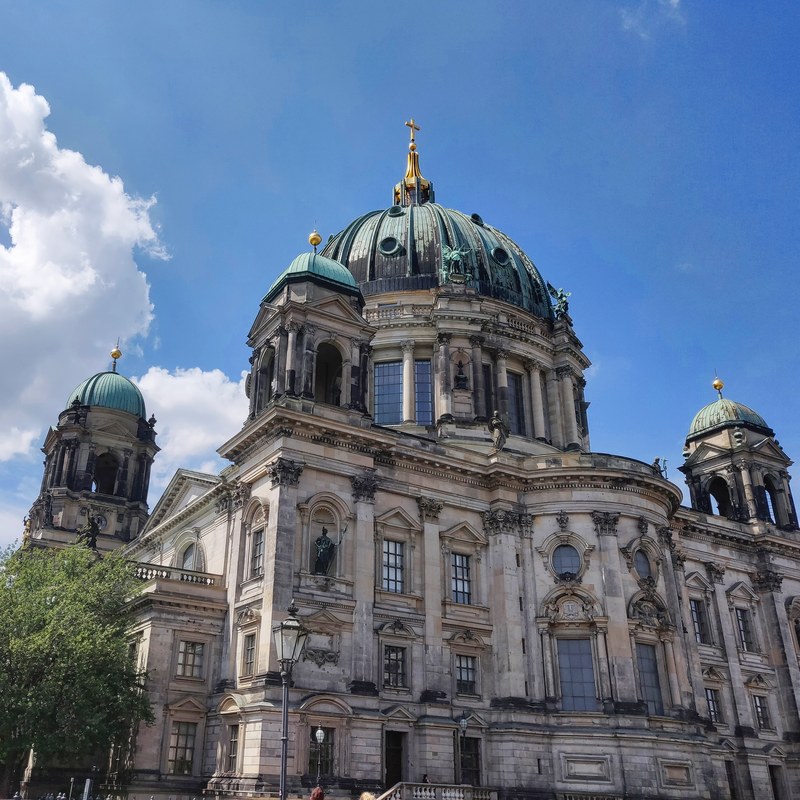
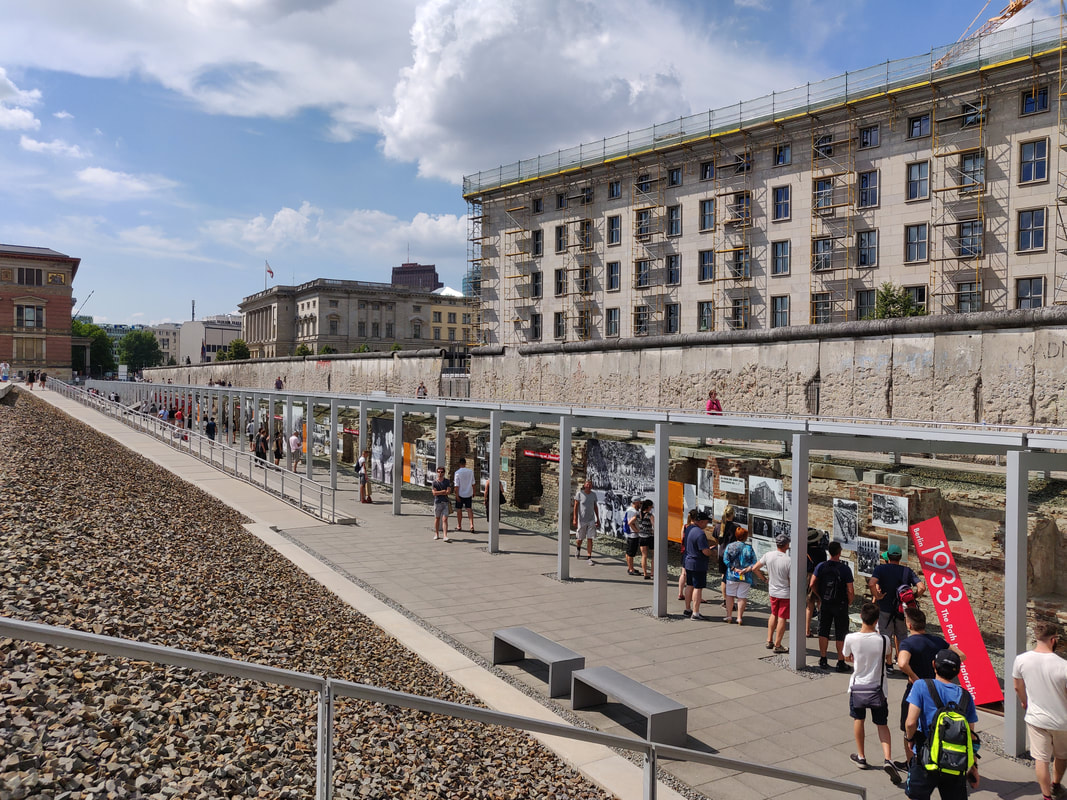
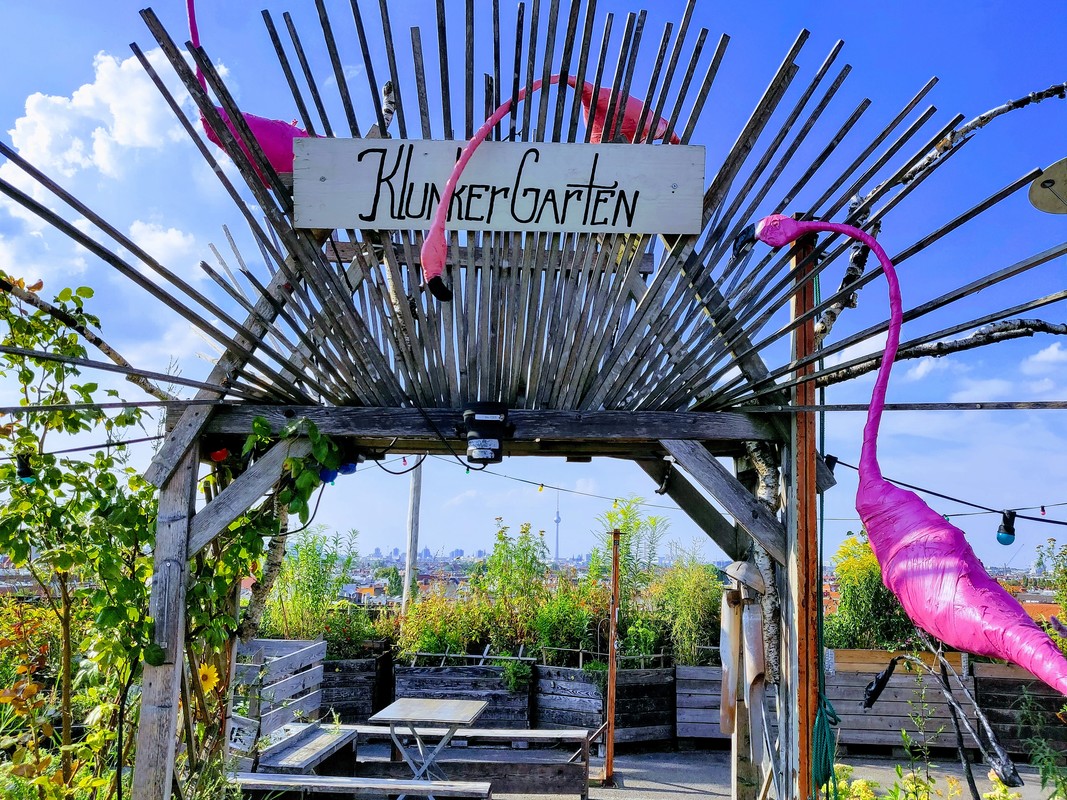

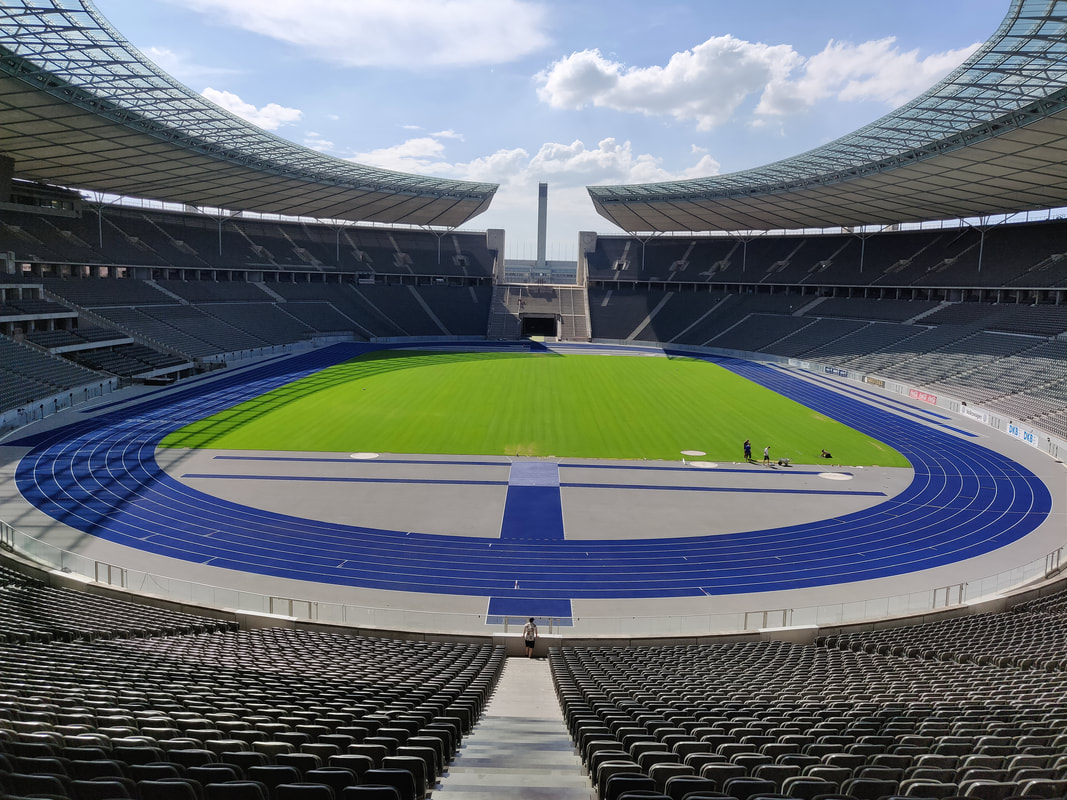

 RSS Feed
RSS Feed